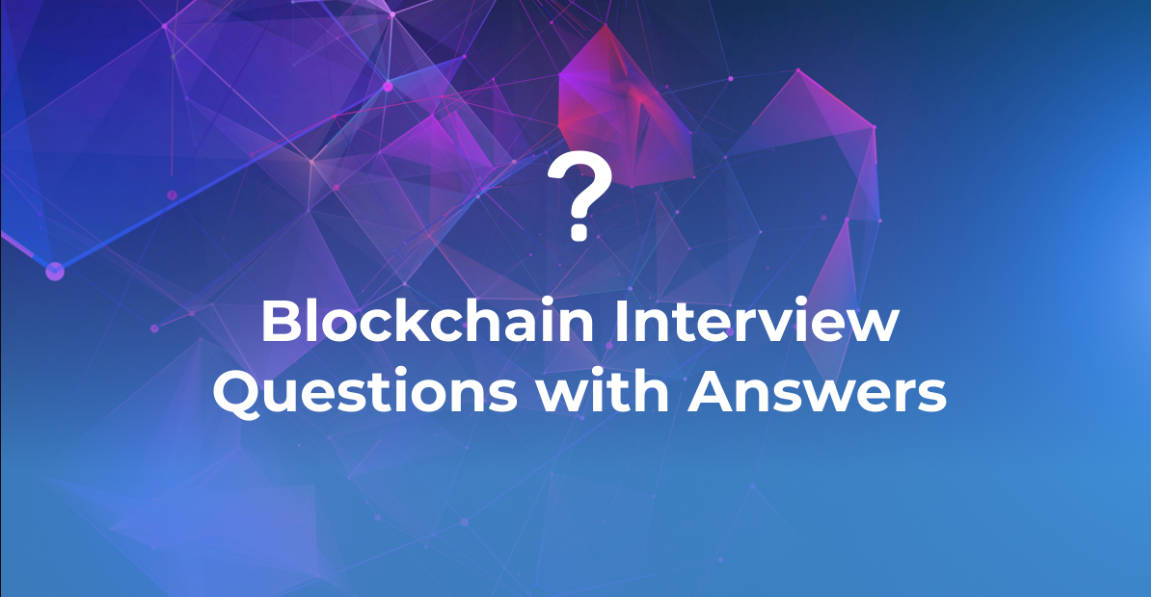Crypto Lawyer’s Perspective Why Most RWA Tokenization Cannot Be Achieved?
Unlocking the Truth A Crypto Lawyer's Insights on Why Achieving RWA Tokenization Remains a ChallengeAuthor: _gabrielShapir0, Cryptocurrency lawyer, Delphi Digital Legal Director
Translation: Felix, LianGuaiNews
Currently, most of the so-called “tokenization” of RWA (Real World Assets) is impossible to achieve. There are three forms of RWA:
- ① “Real” securities (such as stocks, bonds, etc.)
- ② Ownership of off-chain assets (such as real estate contracts, registered intellectual property rights, etc.)
- ③ Receipts/deposit proofs of off-chain assets (such as specific gold bars)
Without government recognition of tokenization plans, it is not possible to tokenize ownership of real estate or any other assets with property rights. Therefore, in practice, the second category is effectively equivalent to the first category, where people tokenize shares of an entity that owns the asset.
- Vitalik said he has never sold ETH for personal gain, we took stock of his personal and charitable wallets
- LLoreMs Building Decentralized On-Chain Narratives
- Amidst the booming trend of Friend.Tech, take a look at the ecosystem and investment situation of SocialFi in 2023.
For private intangible property, there may be some exceptions in the second category. For example, creating an NFT and automatically assigning a certain copyright to the legitimate holder of that NFT, which is based on moral and contractual rights rather than government recognition.
However, creating anonymous securities is also unrealistic, as anonymous securities are mostly illegal. Therefore, in practice, the first category cannot be tokenized either. Instead, you would get “souvenir tokens” like USDC or USDT, which approximate the value of RWA through various indirect and highly trusted mechanisms.
The third category is actually feasible. Anonymous receipts are legal, and tokens can be considered as constituting such receipts through private agreements. Therefore, the third category is almost the only true “tokenization of RWA,” as exemplified by the Mattereum project.
It is worth mentioning that some projects may appear to belong to the first category but actually belong to the third category. For example, Roofstock Onchain (a platform dedicated to tokenizing real estate, where users can purchase single-family properties using NFTs) tokenizes equity in limited liability companies:
- Create a limited liability company for each property, where the limited liability company owns the property
- All shares of the limited liability company must be purchased/sold
In this example, the equity of the limited liability company is typically not a security, so it actually belongs to the third category.
What about “tokenized securities”?
Generally, this is a misnomer, as tokens are not securities. The U.S. SEC (Securities and Exchange Commission) and other regulatory agencies require authoritative ledgers to be maintained by transfer agents and brokers/dealers, not public blockchains. Tokens on public blockchains may be used to memorialize ownership transfers, but they are fundamentally lagging/non-authoritative indicators. Tokens on public blockchains are “souvenirs” of ownership recognized by transfer agents’ private ledgers themselves, and they are not securities or investment instruments.
Please remember that most people don’t even own their “non-tokenized” securities; what they have are “securities accounts” or “securities rights” from brokerage firms, and the brokerage firms don’t own the securities either.
Overall, it is not advisable to reconstruct the entire chaotic securities ownership system on the blockchain, and it would be pointless anyway. Within the entire securities ownership system, actual security can be obtained through multiple brokers tracking claims, from banks to DTCC (the Depository Trust & Clearing Corporation in the United States) and Cede & Co (nominee trust company).
The benefit of tokenizing securities (if any) is to create a more direct and immediate form of ownership on the blockchain. Tokenizing securities is a very tricky issue, requiring either very clever legal means, which almost nobody is currently doing, or significant changes to laws, regulations, and market customs.
The focus of blockchain is to reduce trust assumptions/requirements. In almost all current cases, the trust assumptions introduced by “RWA tokenization” far exceed what is needed for normal off-chain ownership. As you can see in the USDR uncoupling (and will continue to see in the future), “yield” is not directly proportional to risk (which is often cleverly hidden).
But in the long run, the author actually favors RWAs, and regulations will eventually adapt to market changes, but this requires circumventing the rules. In the meantime, the author does not want people to buy or sell products they don’t understand.
Additionally, all RWA-related documents should always be fully transparent, which is not currently the case. Participating in non-transparent RWAs is like using unverified and undisclosed smart contracts.
Further reading: In-depth analysis of the current implementation path of RWAs and future prospects of RWA-Fi
We will continue to update Blocking; if you have any questions or suggestions, please contact us!
Was this article helpful?
93 out of 132 found this helpful
Related articles
- September Web3 Game Report Increase in Quantity, Entry of Giants, Challenges Remain in User Acquisition and Retention.
- Alipay of the United States, LianGuaiyLianGuail, enters the NFT market, what changes will occur in the market landscape?
- Tokens sharply plummeted! Reddit will shut down community points, community aims to continue independent development.
- What on earth is EigenLayer? In-depth analysis in a ten-thousand-word article.
- Going public and going cold? Migu NFT’s overseas debut falls flat, with 2000 blind boxes unsold after 5 days.
- V God’s Best-looking Wallet Track A Comprehensive Review of Smart Contract AA Wallet Projects
- Crypto Kings No More How US Courts Hold the Scepter of Power in Shaping Crypto Policy





